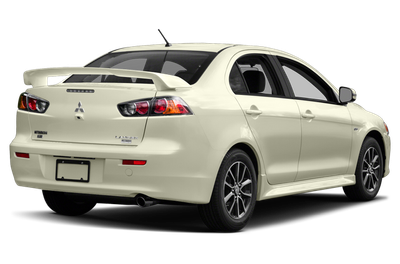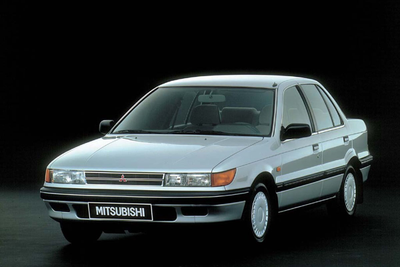Mitsubishi Lancer VI (Facelift 1988)
Introduction
The Mitsubishi Lancer VI, with its facelift in 1988, was a significant milestone in the history of the Lancer model. This facelift introduced several design and performance enhancements, making it an attractive choice for car enthusiasts. In this article, we will explore the improvements made to the Lancer VI, the impact it had on the automotive market, and its lasting legacy.
Design and Styling
One of the most noticeable changes in the facelifted Lancer VI was its updated exterior design. Mitsubishi incorporated sleek, aerodynamic lines and a more aggressive front grille, giving the car a more modern and sporty appearance. The headlights were redesigned as well, providing improved visibility during night-time driving. Overall, the refreshed design made the Lancer VI stand out among its competitors and appealed to a wider range of buyers.
Improved Performance
With the facelift, Mitsubishi also aimed to enhance the performance of the Lancer VI. The introduction of new engine options and advancements in suspension technology resulted in improved power and handling. The more powerful engines offered better acceleration and responsiveness, making the Lancer VI a thrill to drive. Additionally, the refined suspension system provided a smoother and more comfortable ride, whether on city streets or winding mountain roads.
Comfort and Technology
The facelifted Lancer VI also received upgrades in terms of comfort and technology. The interior was revamped to provide a more luxurious and refined atmosphere, with improved materials and finishes. Features such as power windows, central locking, and air conditioning were now standard across trims, adding to the overall convenience of the car. Additionally, Mitsubishi introduced new safety features, including ABS brakes and airbags, enhancing the Lancer VI's reputation as a reliable and safe vehicle.
Market Impact
The facelifted Lancer VI made a significant impact on the automotive market. Mitsubishi's commitment to continuous improvement and innovation helped the Lancer VI gain a reputation for its reliability, performance, and affordability. The car appealed to a wide demographic, from young professionals looking for a stylish commuter to families in need of a practical and comfortable vehicle. The Lancer VI's success played a crucial role in reinforcing Mitsubishi's position in the highly competitive compact car segment.
Lasting Legacy
Even though the Mitsubishi Lancer VI is now considered a classic car, its legacy lives on. The facelifted version of the Lancer VI showcased Mitsubishi's dedication to pushing boundaries and refining their vehicles to meet customer expectations. Today, many car enthusiasts still admire the Lancer VI for its timeless design and robust performance. The facelifted Lancer VI has become a sought-after collector's item, reflecting its enduring popularity and lasting impact on the automotive industry.
Conclusion
The Mitsubishi Lancer VI with its facelift in 1988 marked a significant upgrade for the model. With its updated design, improved performance, enhanced comfort, and advanced technology, the facelifted Lancer VI became a standout choice in the compact car segment. Its impact on the market and lasting legacy are a testament to Mitsubishi's commitment to excellence. Whether you are a fan of classic cars or simply appreciate a reliable and stylish vehicle, the Mitsubishi Lancer VI (Facelift 1988) is a model that continues to captivate car enthusiasts today.


